
Canine Hip Dysplasia or CHD occurs when the ball and socket joint of the hips of dogs does not fit well together. Dogs can acquire this disease genetically - as when they are actually born with it - or environmentally - when they develop it due to excessive weight, poor diet and lack of exercise or physical activity. Most veterinarians and breeders, however, think that the majority of it is caused genetically. It gives them an unnatural manner of walking or running around in your house. This may not sound good for you and more especially for your dog since this will hinder him from performing ordinary tasks with ease and comfort. So what can you do once you learn that your dog has this kind of disease?
So what are the common symptoms of canine hip dysplasia or CHD? In some dogs, this disease has little or even no outward physical manifestation, but in most dogs, symptoms such as the following: being quiet when they are still yet puppies, bunny hopping, swaying hips, lying down in an unnatural position, and overdeveloped chests with an underdeveloped hind parts.
Although we may know if our dog has CHD based on the aforesaid visible symptoms, it is still better to get a professional opinion and diagnosis through an x-ray examination. Remember, that only a professional can accurately tell for sure whether our dogs has the disease or not. After an x-ray result had been examined by the vet, he will refer you to a surgeon who can then perform the necessary surgery required to correct the defect. He may offer you several choices on the kind of procedure that would suit best for the treatment of your dog, some of which are: total hip replacement, dorsal acetabular rim, triple pelvic osteotomy, femoral head and neck osteotomy, or juvenile pubic symphysiodesis.
Some dog owners have preferred to treat CHD in a totally conservative or traditional method. Some of the treatments that they used are nutritional supplements, acupuncture, exercise, weight management, and even chiropractic care.
If your dog has CHD then, there is no reason to panic or to be worried unnecessarily concerning this disease. There are ways in which this disease can be treated, if not avoided. The available methods of treatment are either through surgery or traditional or conservative methods. All that would be needed then is for you to be observant of your dog in order to detect the disease early on and prevent any further damage that it may cost you and your dog.
Visit Steve Weber at his site, Cactus Canyon, for more articles and videos which help pet owners deal with dog arthritis. Steve's focus is providing pets and all natural solution, such as Flexicose glucosamine, for treating canine joint disease safely and inexpensively.
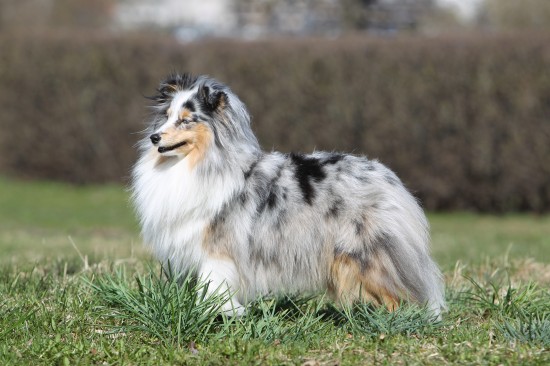 The Blue Merle Shetland Sheepdog Gene And What It Means For Dogs
The Blue Merle Shetland Sheepdog Gene And What It Means For Dogs
 Recognised Mutations Of Cat Body Type
Recognised Mutations Of Cat Body Type
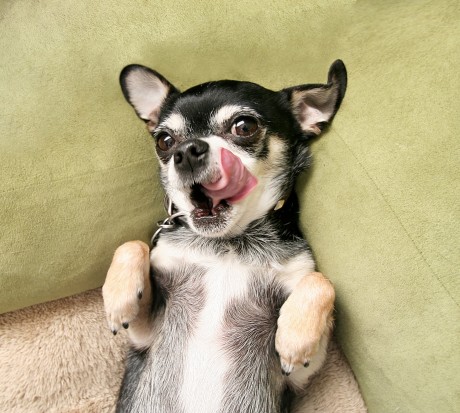 Chihuahua Dogs And Health Conditions
Chihuahua Dogs And Health Conditions
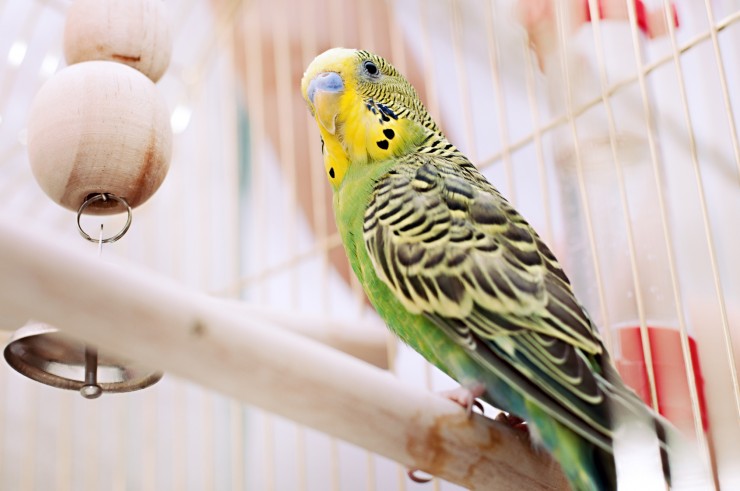 Tips Of How To Teach Pet Birds To Repeat Nice Things
Tips Of How To Teach Pet Birds To Repeat Nice Things
 Health Dangers For Dogs Over The Festive Season
Health Dangers For Dogs Over The Festive Season
 Great Pyrenees Grooming Tips – Special Techniques for Large Breed Dogs
Great Pyrenees Grooming Tips – Special Techniques for Large Breed Dogs
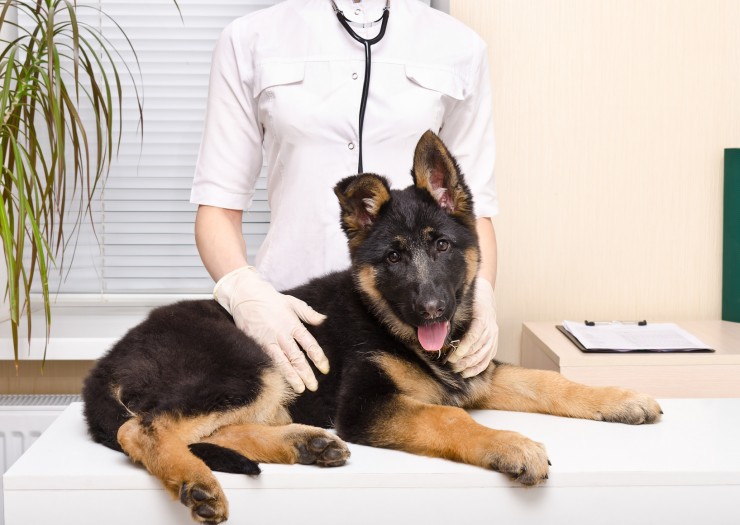 My Puppy Has Hip Dysplasia, What Should I Do?
My Puppy Has Hip
My Puppy Has Hip Dysplasia, What Should I Do?
My Puppy Has Hip
 Obedience Training For Puppies - 6 Commands You Should Know About
Puppy quick training tips
An appropriate dog obedience
Obedience Training For Puppies - 6 Commands You Should Know About
Puppy quick training tips
An appropriate dog obedience
 Up Scale Dog Boarding Facilities are the Perfect Solution
Up Scale Dog Boarding Facilities are the Perfect Solution
Up Scale Dog Boarding Facilities are the Perfect Solution
Up Scale Dog Boarding Facilities are the Perfect Solution
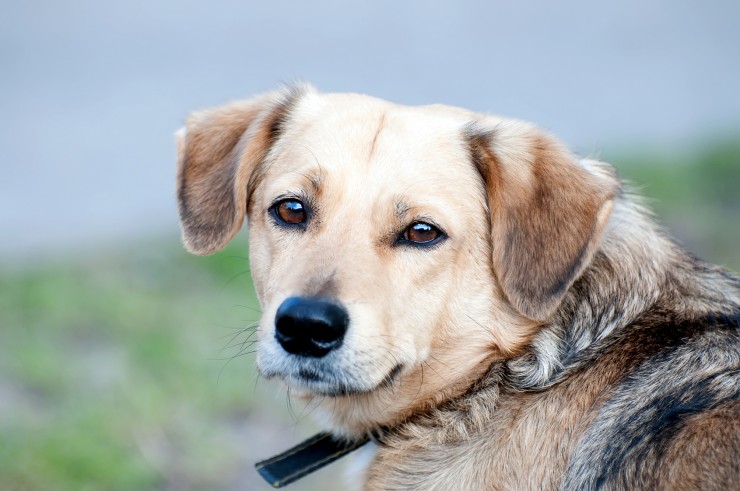 Age-related Retinal Degeneration In Dogs
Age-related Retin
Age-related Retinal Degeneration In Dogs
Age-related Retin
 Recognising Hypothermia In Dogs
Recognising Hypot
Recognising Hypothermia In Dogs
Recognising Hypot
Copyright © 2005-2016 Pet Information All Rights Reserved
Contact us: www162date@outlook.com